California’s wild fire season is a serious challenge for the state, and many people have lost their lives in these events. Already, utilities have begun to shut down the power grid to protect against our electrical infrastructure causing more fires – as have already happened, leading to loss of life and Pacific Gas & Electric’s (PG&E) bankruptcy.
To protect against these power shutdowns, the City of Calistoga, California has solicited Clean Coalition to conduct a feasibility analysis for developing a community microgrid as one potential tool to manage the Public Safety Power Shutoffs (PSPS) that will come during the California fire season. The city is in talks with PG&E to locate the community microgrid in a designated “resilience zone” with a grid interconnection hub that allows a section of the grid to island from the larger grid.
The below image is the fire threat map of the city put out by the electricity utility, essentially noting that the whole of the city – and specifically the 60 kV power lines coming into the city – surrounded by fire risk.
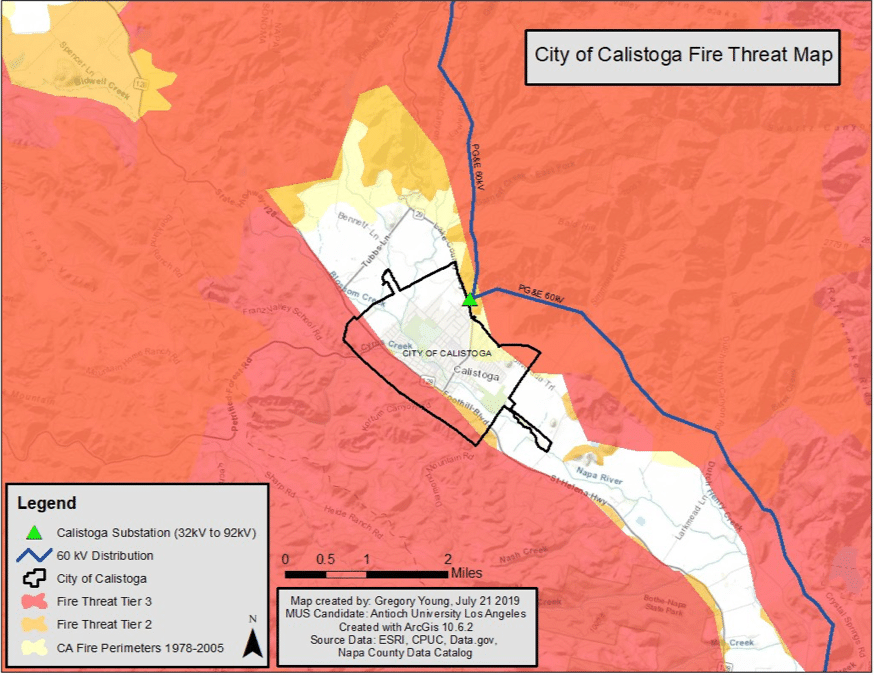
PG&E is currently investigating the potential for enabling temporary diesel generation to supply power to part of the city during a PSPS through a new preinstalled interconnection hub (PIH). Clean Coalition is, of course, pushing for solar+storage as part of this project, and following the site assessment will deliver functional designs for five targeted microgrid sites that will be expanded upon.
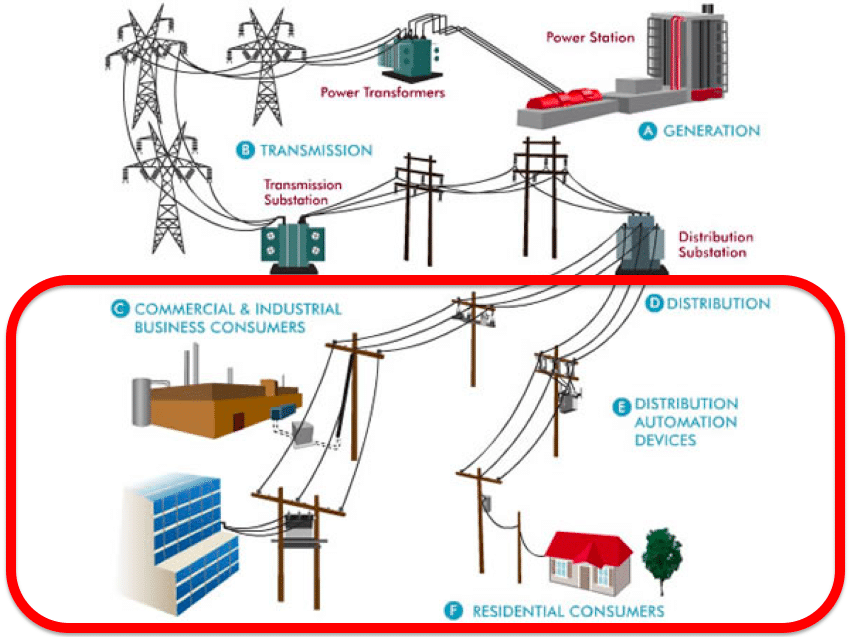
Clean Coalition defines a “community microgrid” (above image)as one in which a full section of the power grid, and many electricity customers versus just one customer, is constructed to allow it to disconnect itself from the broader power grid while still keeping itself – and the electricity users with the region – up and running.
Prior solar siting work done by Clean Coalition in San Diego (pdf), show in the below image (and also in a beautiful Google Maps layout that seems like a great cold calling tool to this developer), identified locations and project sizing for 500 MWac for 120 individual 1 MWac+ commercial solar systems. When expanding system sizes to 500 kW, it’d expand the total potential to 1 GWac, and going down to 100 kW would expand the volume to greater than 2 GWac. 75% of the 1 MW+ systems were placed on parking structures or in parking lots.
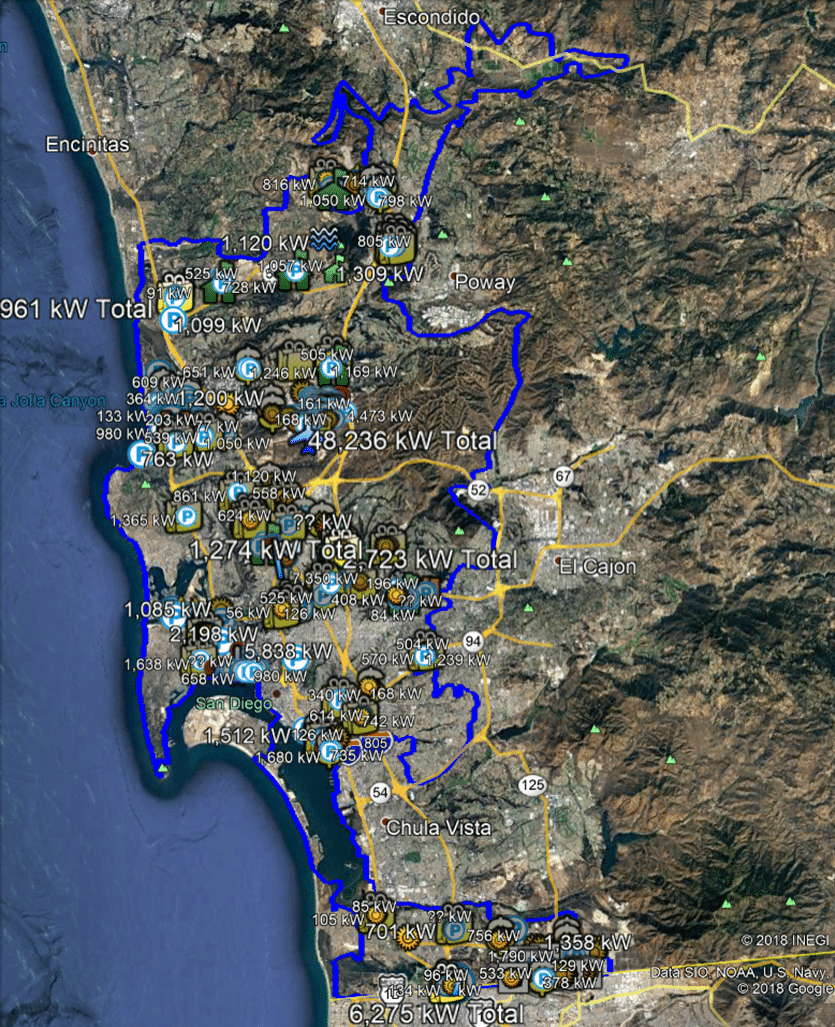
This content is protected by copyright and may not be reused. If you want to cooperate with us and would like to reuse some of our content, please contact: editors@pv-magazine.com.
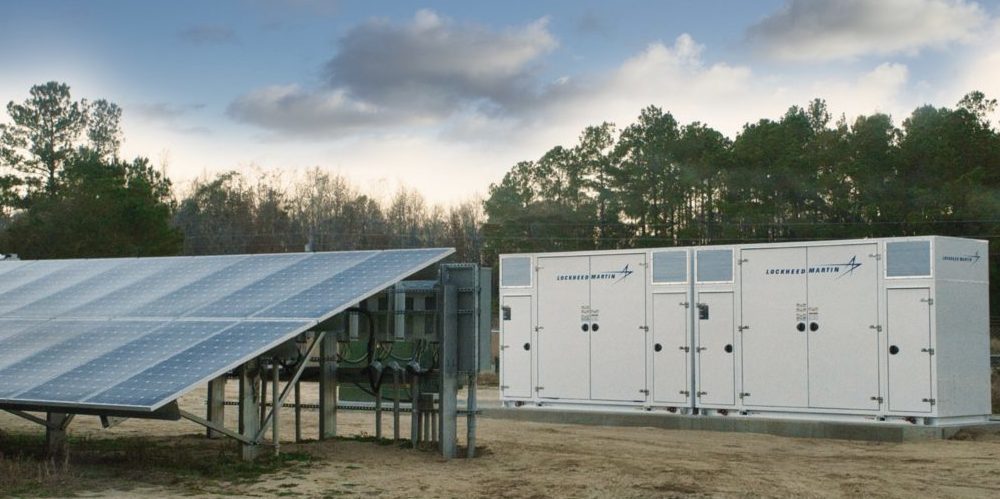
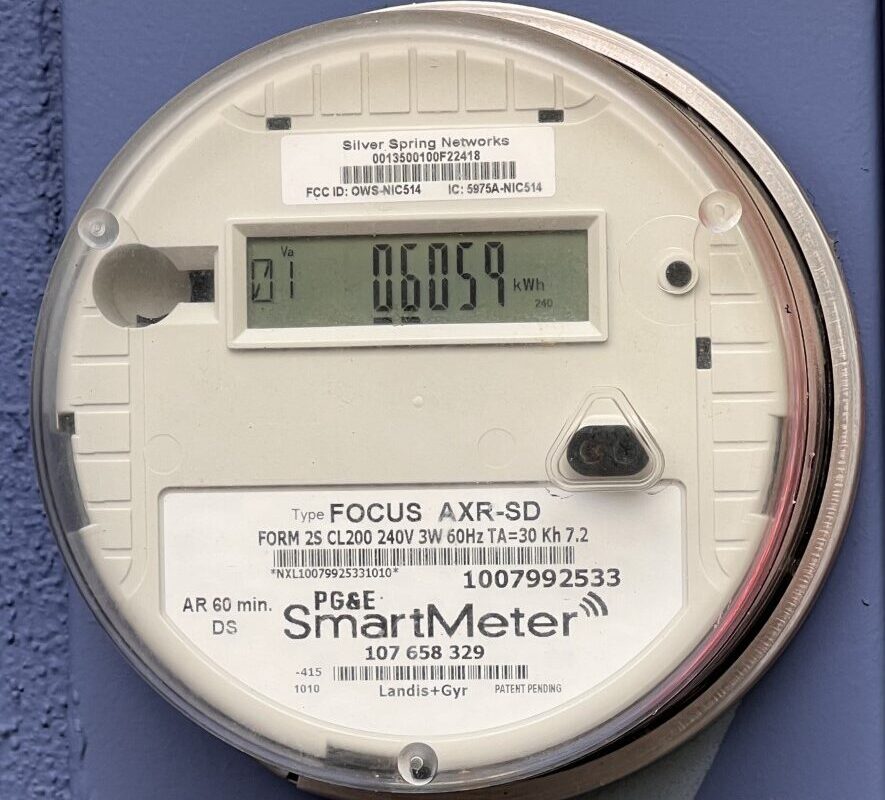




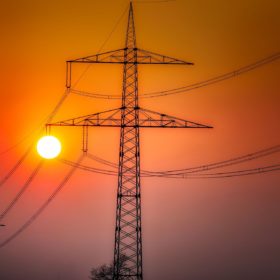

So, micro-grids with islanding capacity, why not just create their own CCA and use power in the CAISO system when needed, using the aggregate energy storage as an arbitrage tool for the city.
“Public Safety Power Shutoffs (PSPS).” Yeah, PSPS, by the way it’s going to cost you $10 every time we shut off your power and you get to sit in the dark. One has to wonder with PG&E criminal operation or just plain incompetence, will PG&E use the PSPS as a war chest to shore up low dividends or the next wildfire. I can just see it now, CEO we need more money for the fourth quarter distributions, O.K. we’ll wait for the next storm front and shut down their power for a couple of hours.